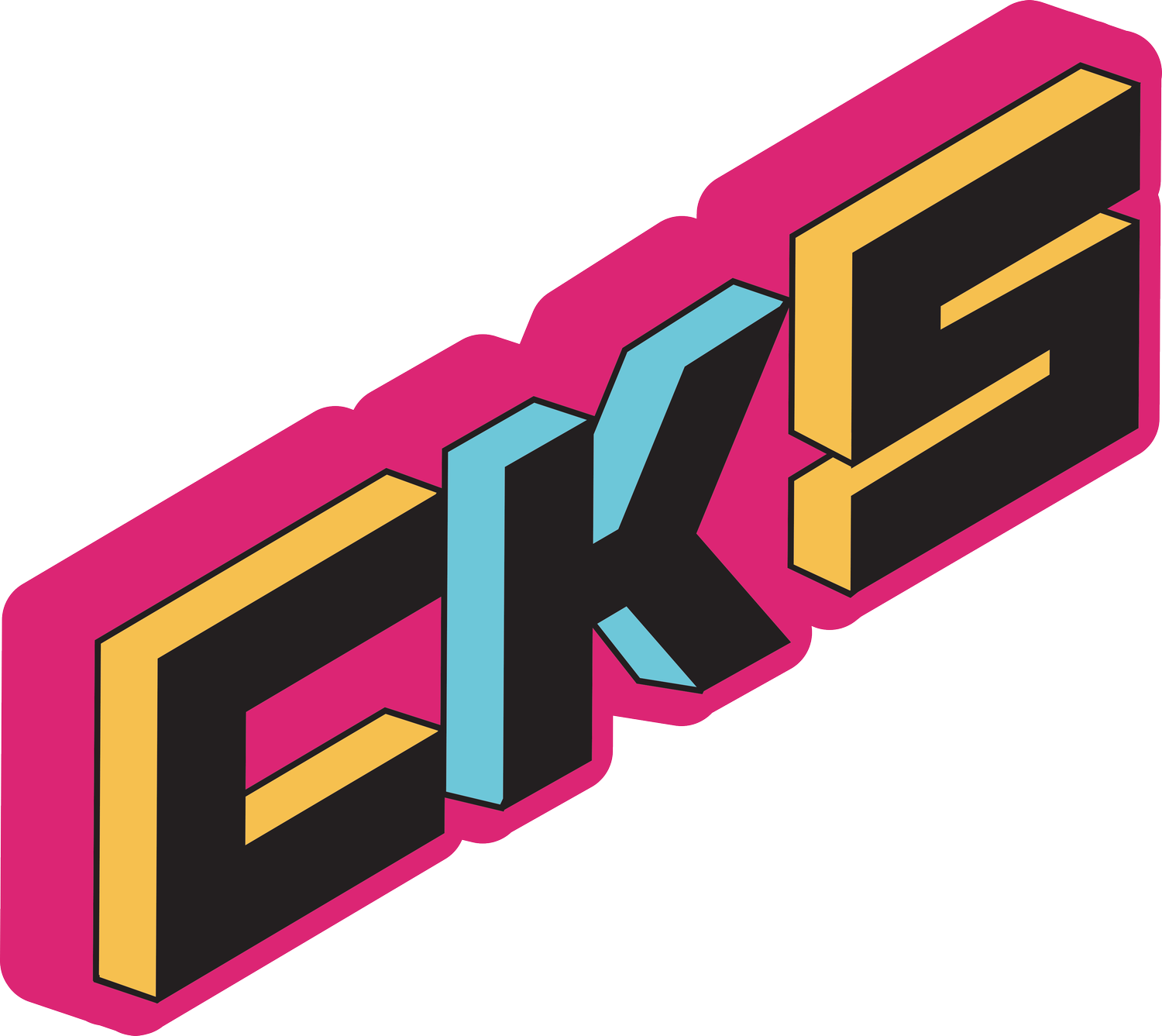Essential Studio Tools: V Flats and Grids in Photography
In the world of studio photography, controlling and shaping light is key to creating stunning images. Two essential tools that can help photographers achieve a wide range of lighting effects are V flats and grids. In this brief, educational blog post, we'll introduce you to these versatile light modifiers and demonstrate how to use them to enhance your studio photography.
V Flats: The Versatile Light Shaper
V flats are large, portable panels, usually made from foam core or other lightweight materials, that are hinged or taped together to create a "V" shape. They are used for various purposes, including as reflectors, flags, or backgrounds. Here's how to use them effectively:
1. As a reflector: Position a V flat opposite your main light source to bounce light back onto your subject, softening shadows and filling in dark areas. You can use a white or silver V flat, depending on the desired intensity and quality of the reflected light.
2. As a flag: A black V flat can be placed between your light source and your subject or background to block light, creating a more dramatic contrast or preventing light spill onto your background.
3. As a background: V flats can also be used as a seamless background for portraits, product photography, or still life. The color and texture of the V flat will determine the appearance of the background in your image.
Grids: Precise Light Control
Grids are honeycomb-like attachments that can be fitted to various light modifiers, such as softboxes, beauty dishes, or reflectors. They control the spread and direction of light, allowing you to create a more focused and precise lighting effect. Here's how to use grids effectively:
1. Narrow the light beam: A grid will narrow the light beam from your modifier, creating a more concentrated and directional light source. This can be useful for spotlighting a specific area of your subject or background or for creating dramatic shadows.
2. Reduce light spill: By focusing the light, grids also help reduce light spill, allowing you to keep unwanted light from contaminating other parts of your scene.
3. Control background illumination: Grids can be especially useful when you want to add a splash of light to your background without affecting your subject. Place a grid on a background light, and you can create a controlled, vignette-like effect on your backdrop.
Tips for Using V Flats and Grids in the Studio
1. Experiment with positioning: The distance, angle, and orientation of your V flats and grids will significantly impact the final look of your images. Be prepared to make adjustments and experiment to achieve the desired lighting effect.
2. Combine multiple modifiers: V flats and grids can be used in conjunction with other light modifiers, such as softboxes, umbrellas, or reflectors, to create even more complex and creative lighting setups.
3. Use V flats for negative fill: When you want to deepen the shadows on your subject, use a black V flat to subtract light from one side of your subject, creating a more dramatic contrast.
In conclusion, V flats and grids are versatile and essential tools for controlling and shaping light in studio photography. By understanding the basics of how to use these modifiers effectively, you can elevate your lighting game and create stunning images in a variety of styles.

